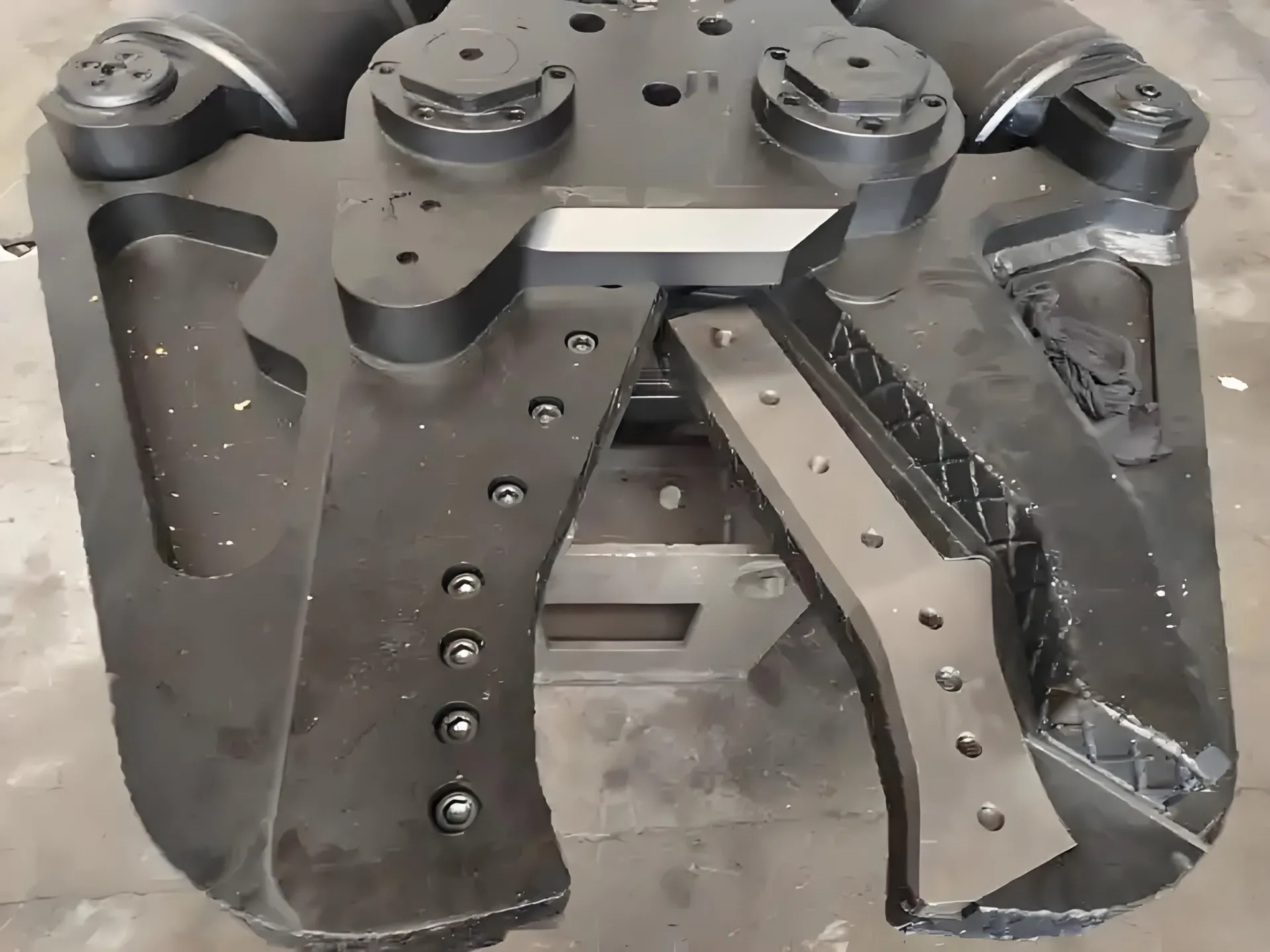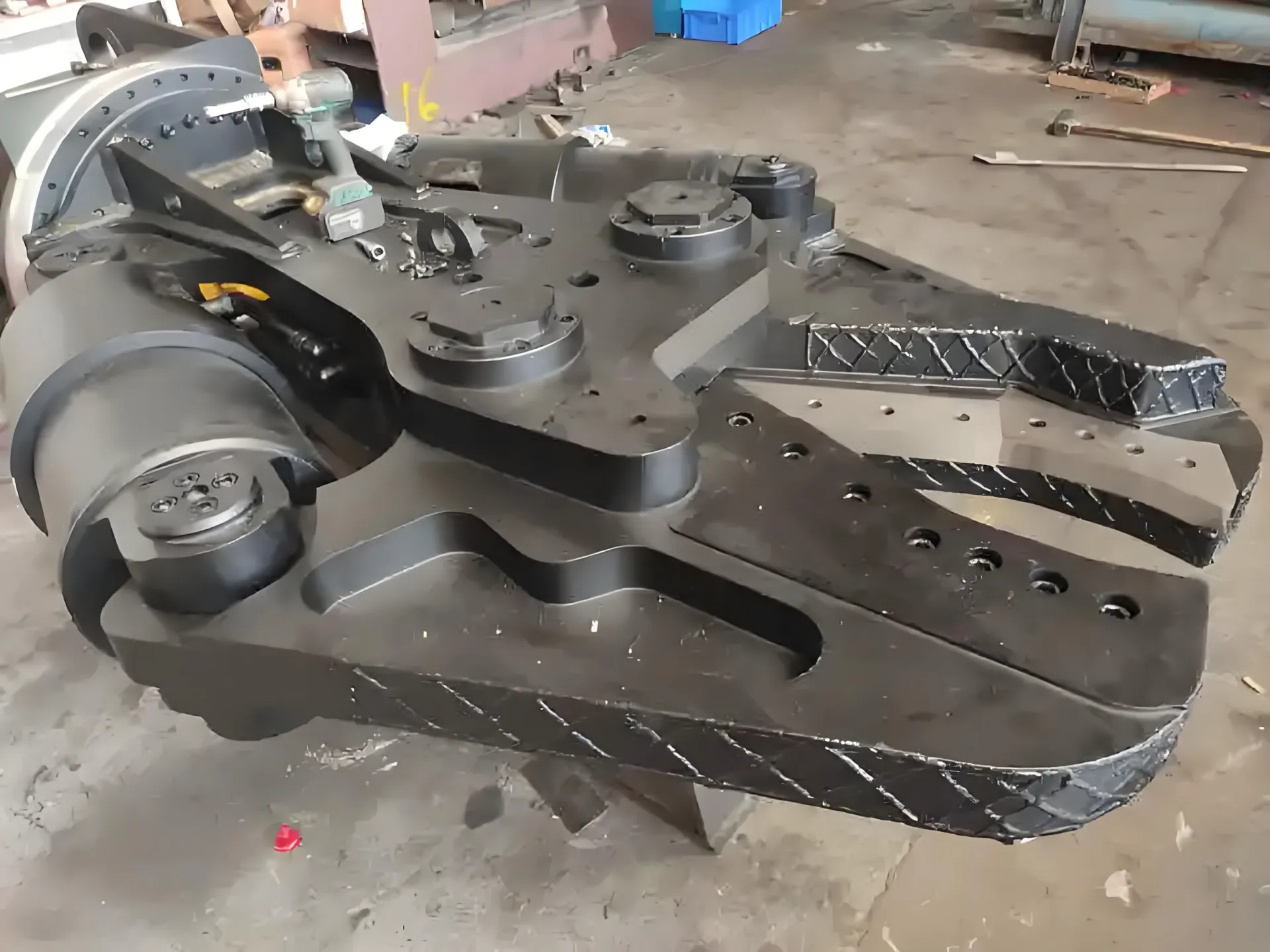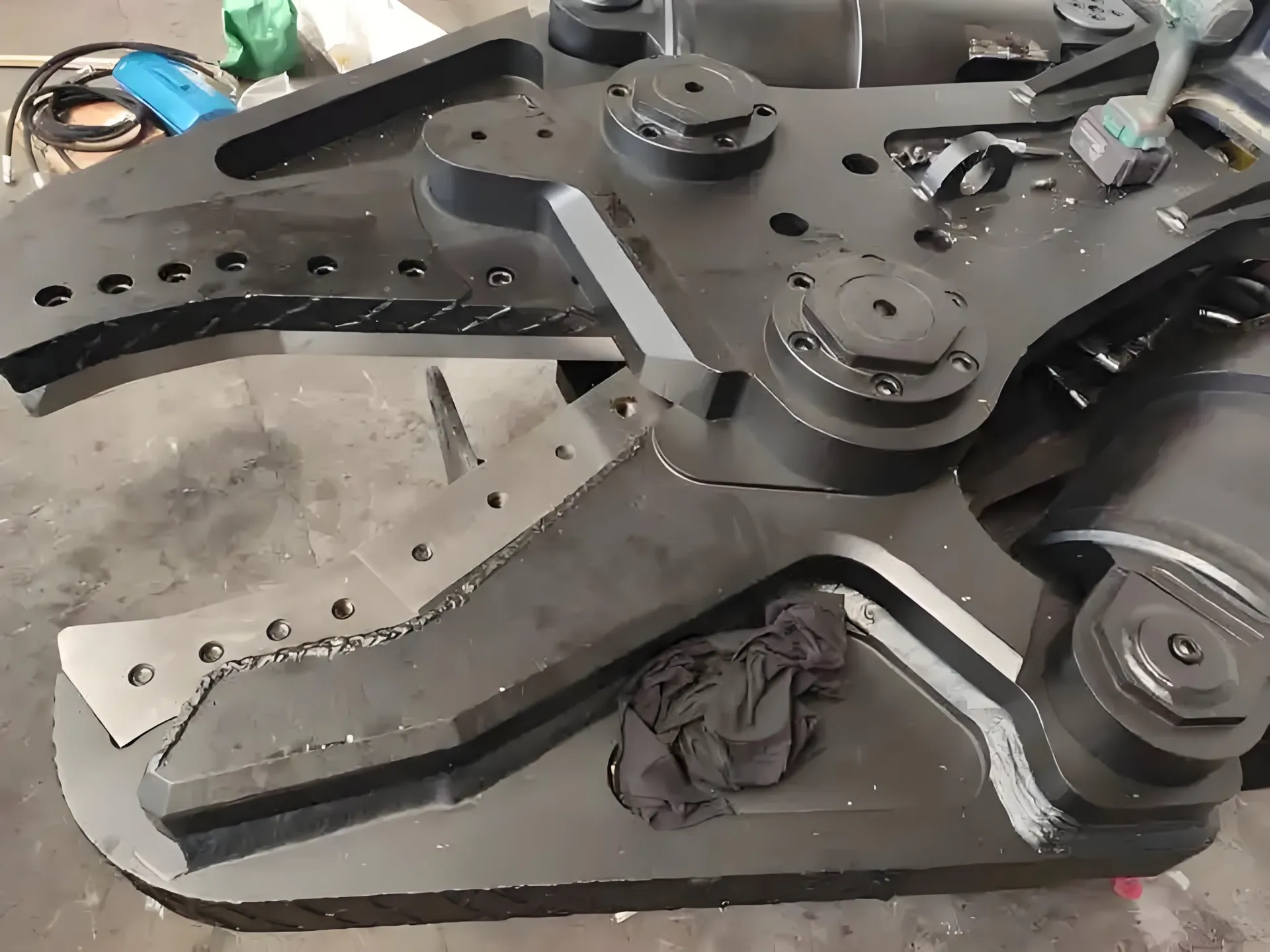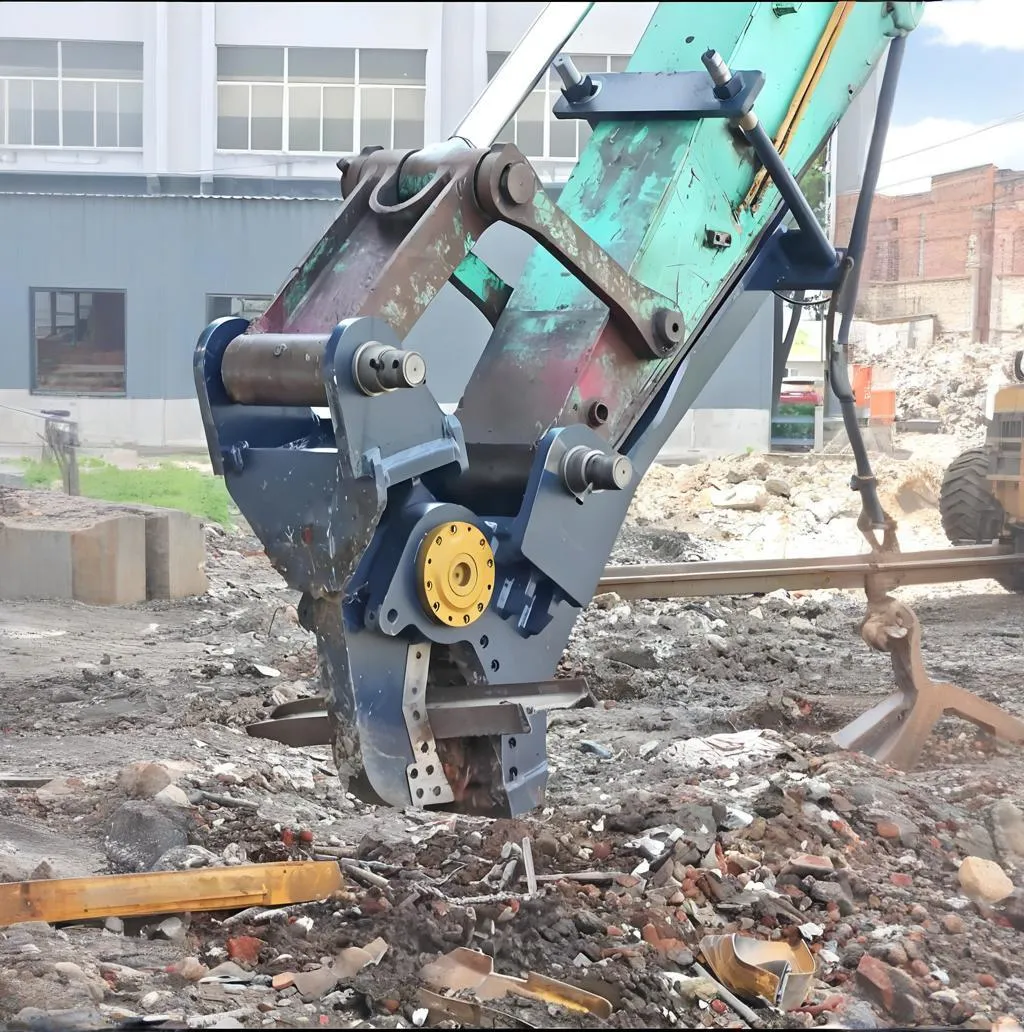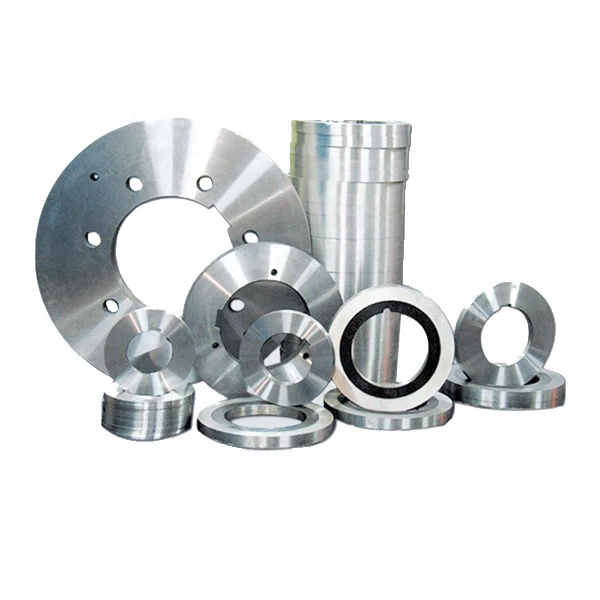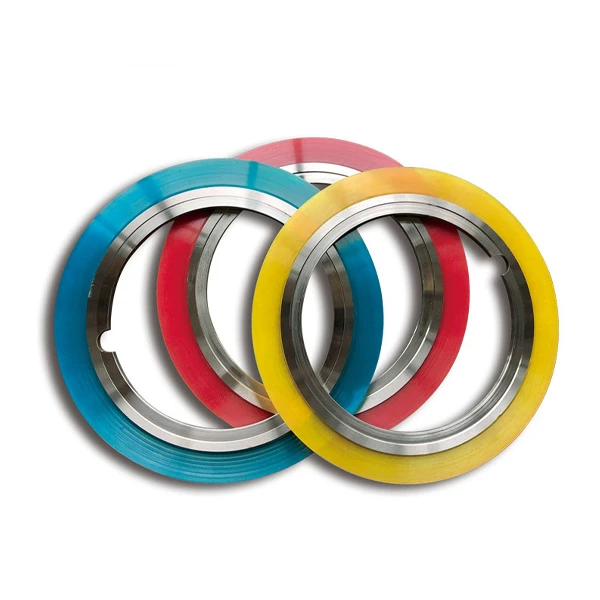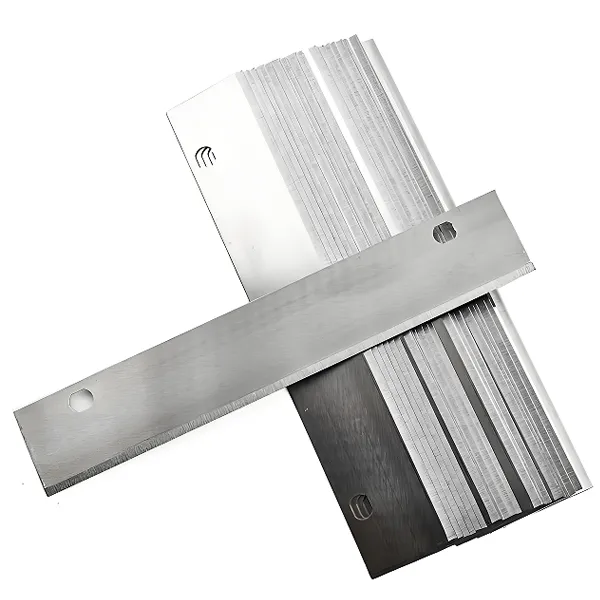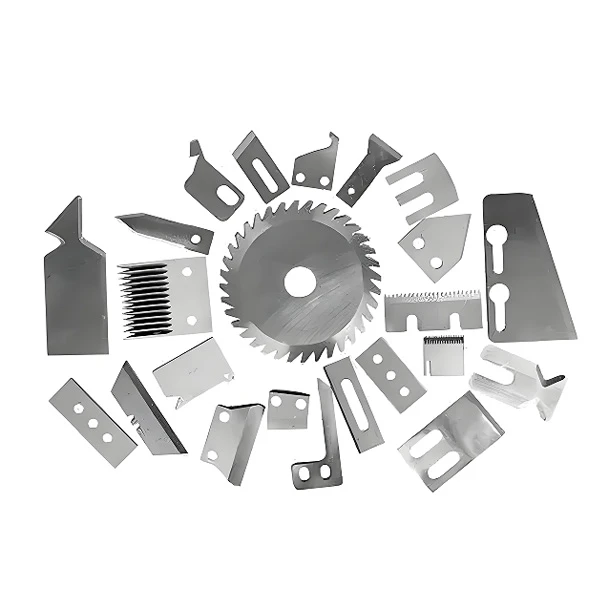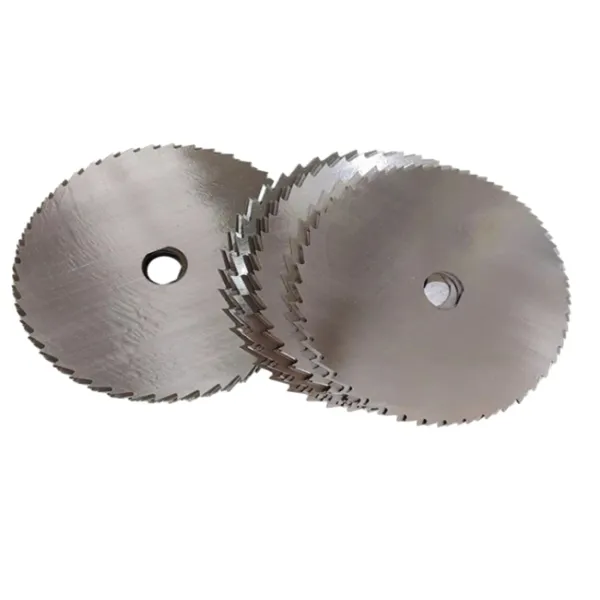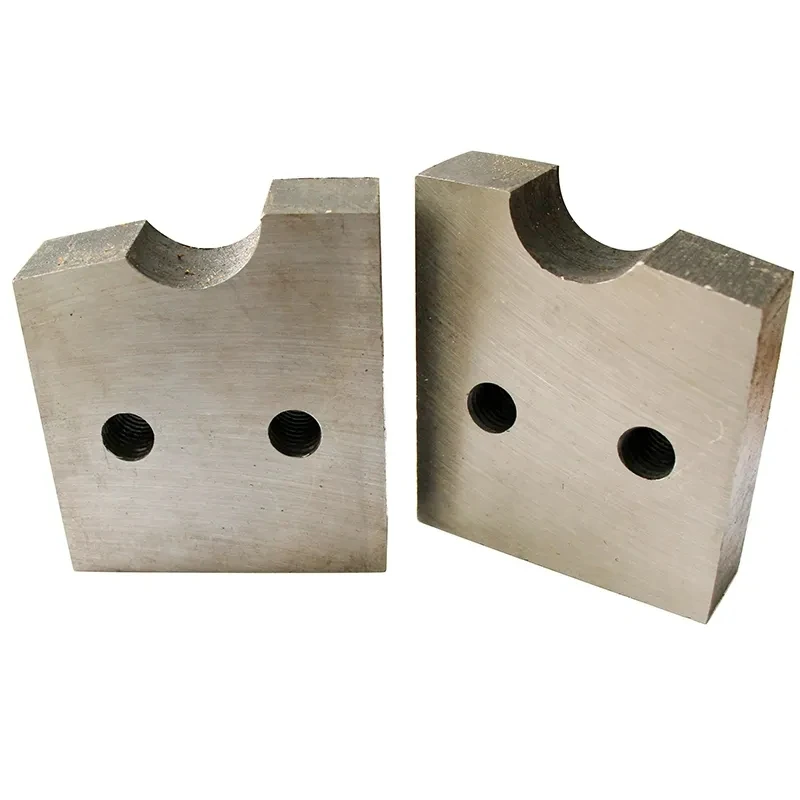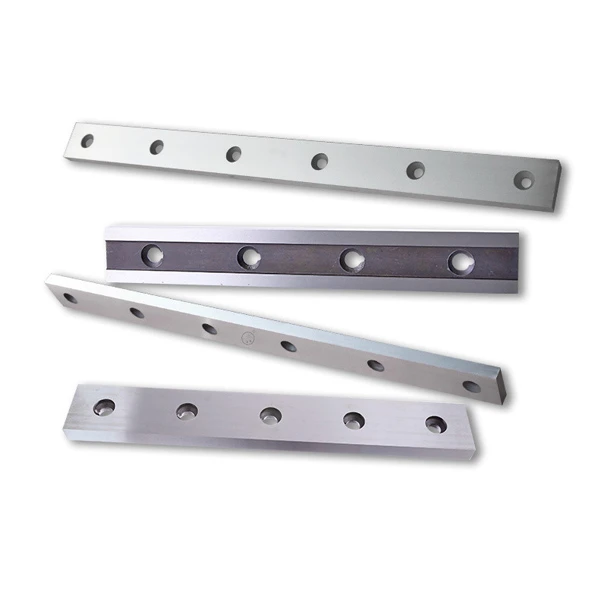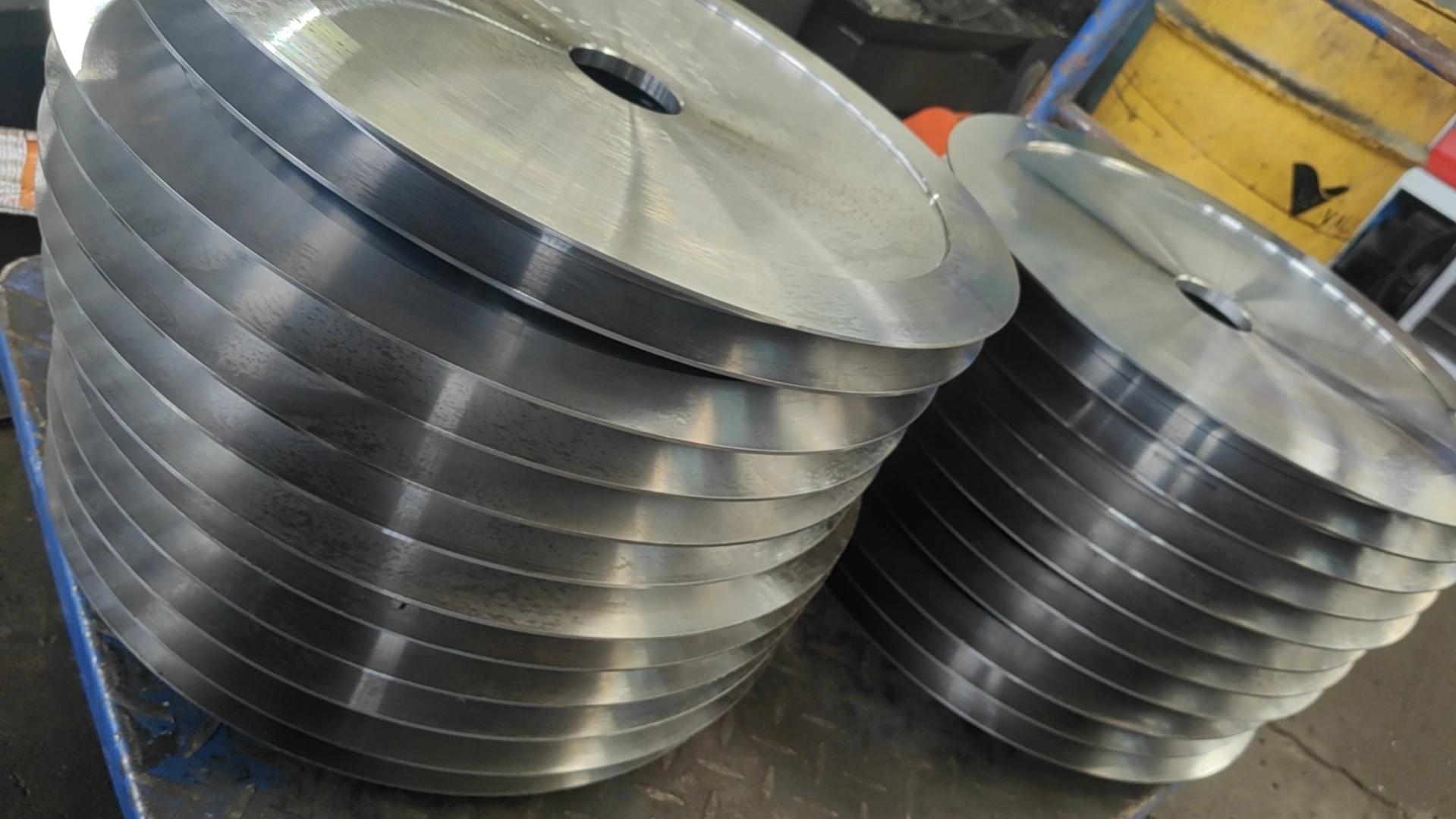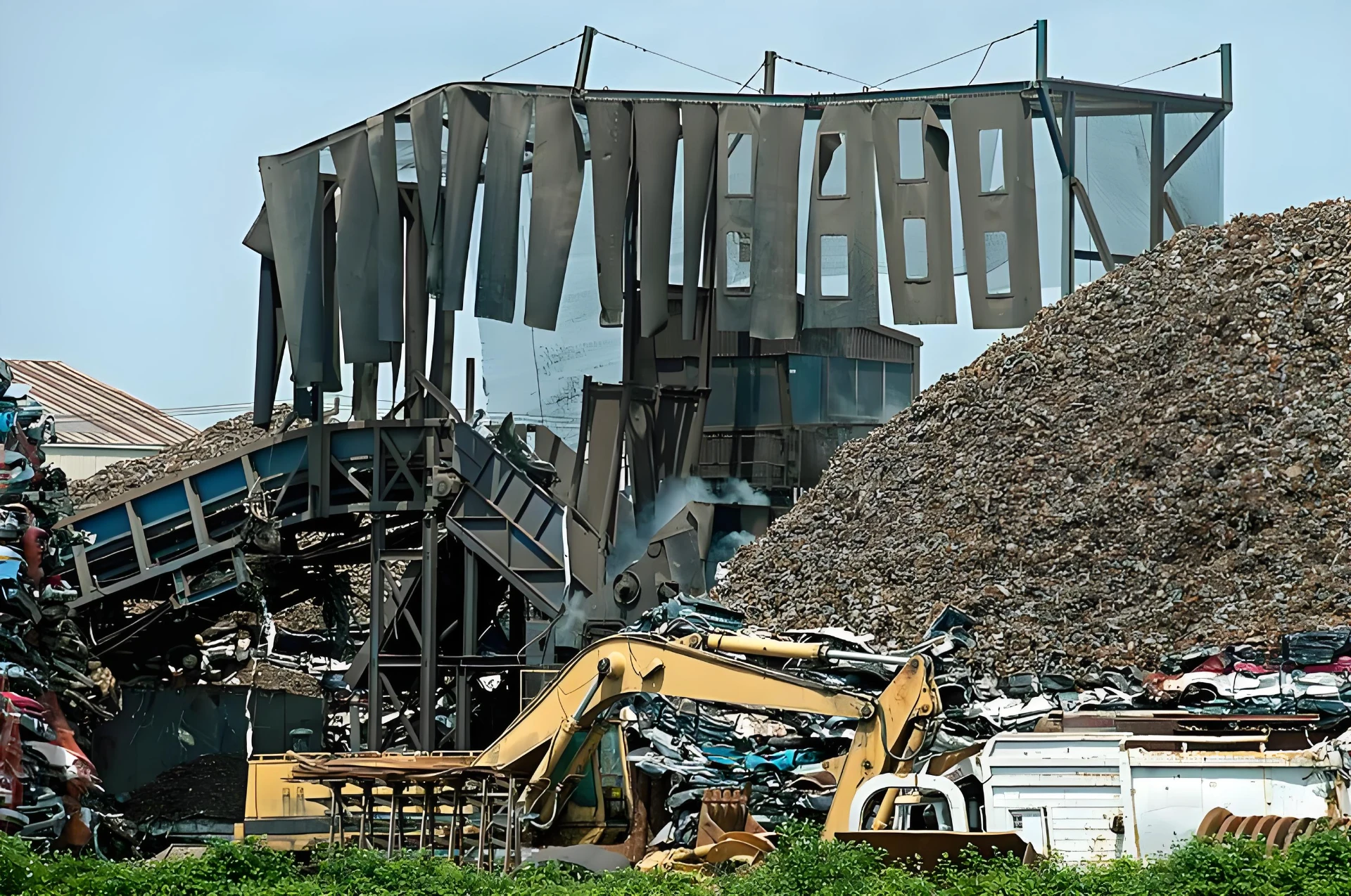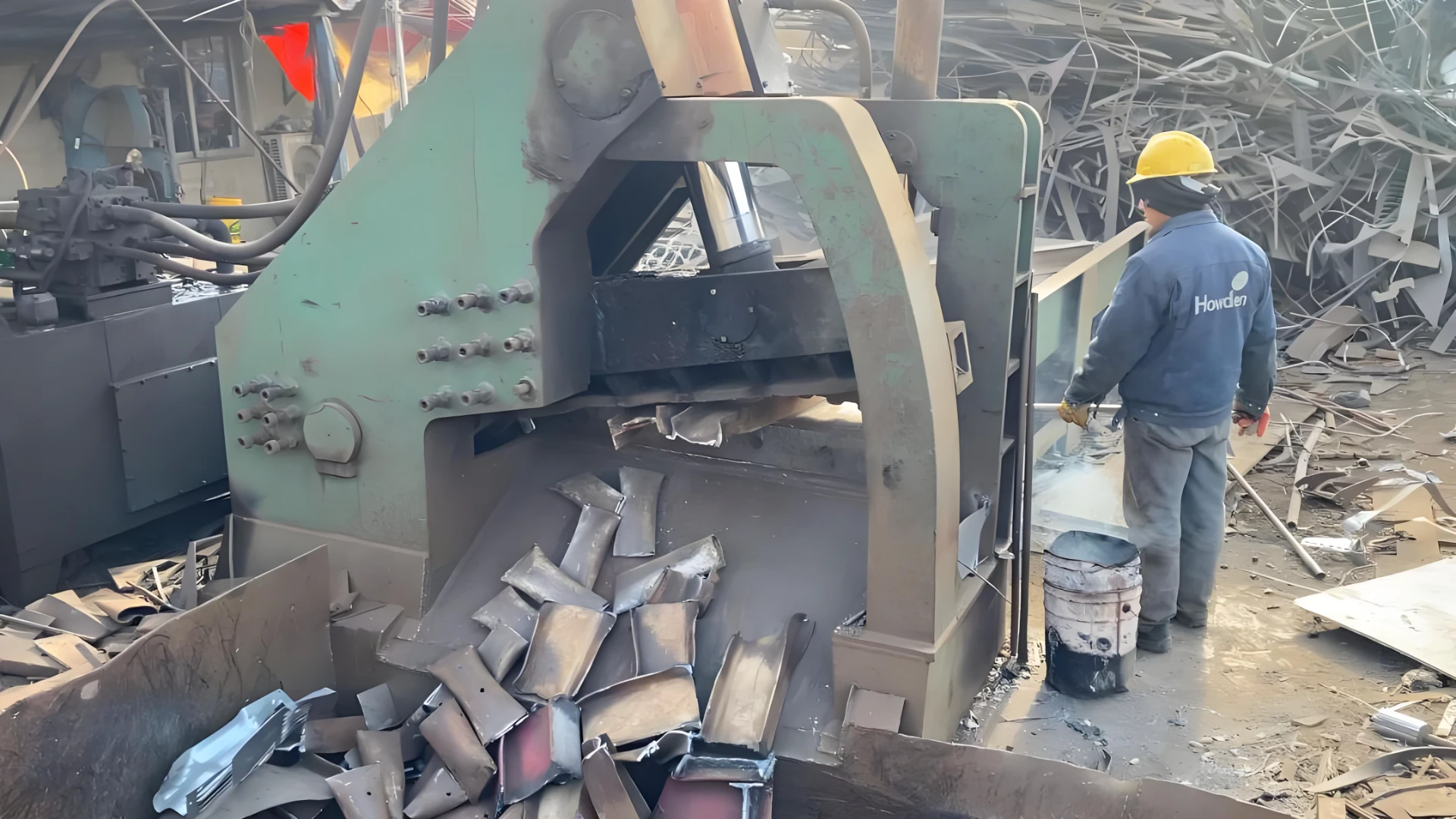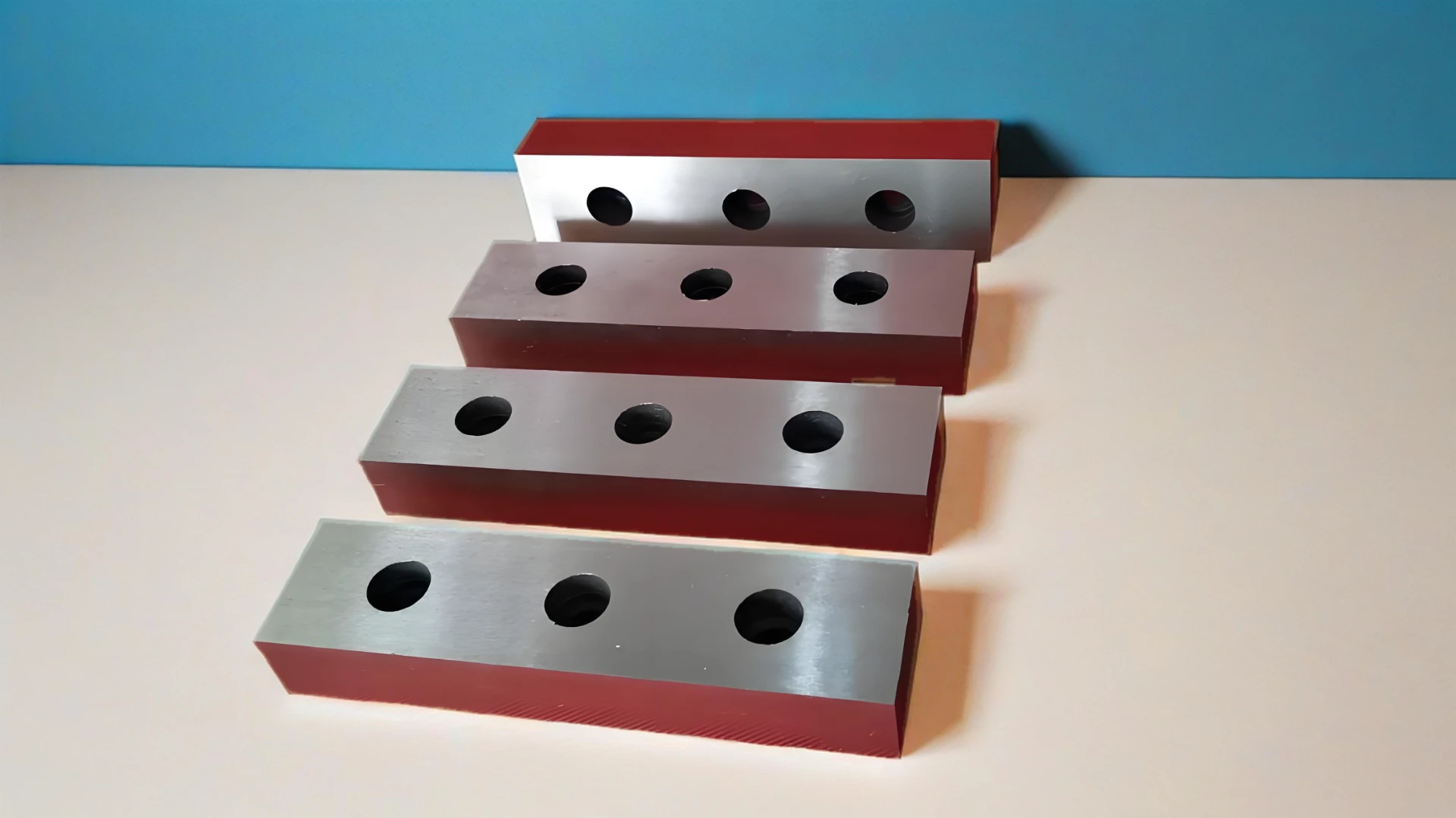1、 Preprocessing and Standardization Processing
Large piece scrap steel segmentation: Cut large volume scrap steel that is difficult to directly melt, such as waste vehicles and large metal structural components, into raw material blocks that meet the size requirements of the steelmaking furnace.
Classification cutting and forming: Cutting light industrial raw materials of specific sizes according to user needs, reducing secondary processing steps and improving waste material utilization.
2、 Resource recycling and transportation optimization
Compression and Capacity Reduction: The packing shear machine can increase the density of loose scrap steel (such as car shells and iron drums) from 0.3-0.5 tons/m ³ to 2.5-3.0 tons/m ³, significantly reducing transportation costs.
Multi material compatibility: Compatible with various materials such as scrap metal, industrial waste, and car bodies, achieving "one machine for multiple uses" and improving recycling flexibility.
3、 Efficiency and Cost Control
Automation cost reduction: The remote control system enables single person operation, with an hourly processing capacity of 11 tons, significantly reducing manual dependence.
Ultra low energy consumption: Only 1 quart of diesel (approximately 0.95 liters) is consumed per ton of waste cut, resulting in extremely low energy costs.
Simplified maintenance: The tool automatic lubrication system and low friction guide rail design reduce downtime and maintenance costs.
4、 The evolution of intelligent technology
Precision cutting: Real time sensing of the shape and hardness of scrap steel through sensors, dynamic adjustment of cutting parameters, and improvement of cutting accuracy and uniformity.
Self optimizing system: Machine learning algorithms optimize cutting pressure, angle, and other parameters based on historical data to extend tool life.
5、 Economic and Environmental Value
Resource recycling: providing qualified furnace materials for steel smelting, replacing some primary iron ore, and promoting low-carbon production.
Full chain efficiency improvement: Reducing costs and increasing efficiency in the pre-treatment process from recycling to smelting has become the "core driving force" of the metal recycling industry chain.
Application scenario example:
Car disassembly: Quickly cut the car body into melted specification blocks.
Pre treatment of steel mills: Cutting and sorting mixed scrap steel into alloy/non alloy categories.
Home appliance recycling: Separate and compress metal components to improve resource purity.
Scrap steel cutting is promoting the transformation of scrap steel processing towards high efficiency, low consumption, and high added value through mechanization and intelligent upgrading.

